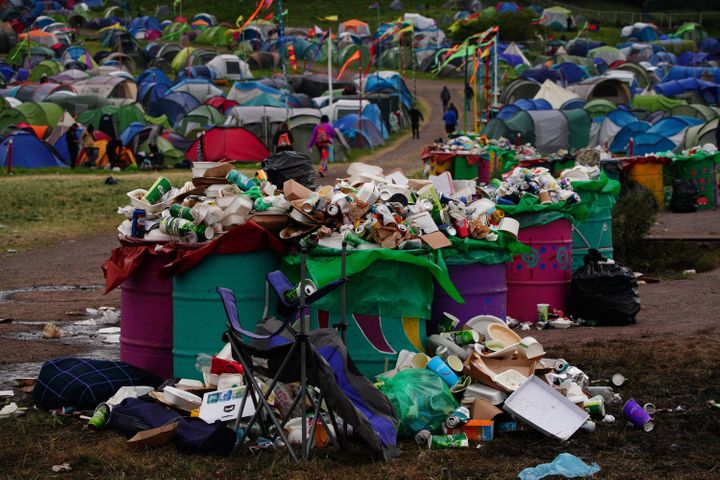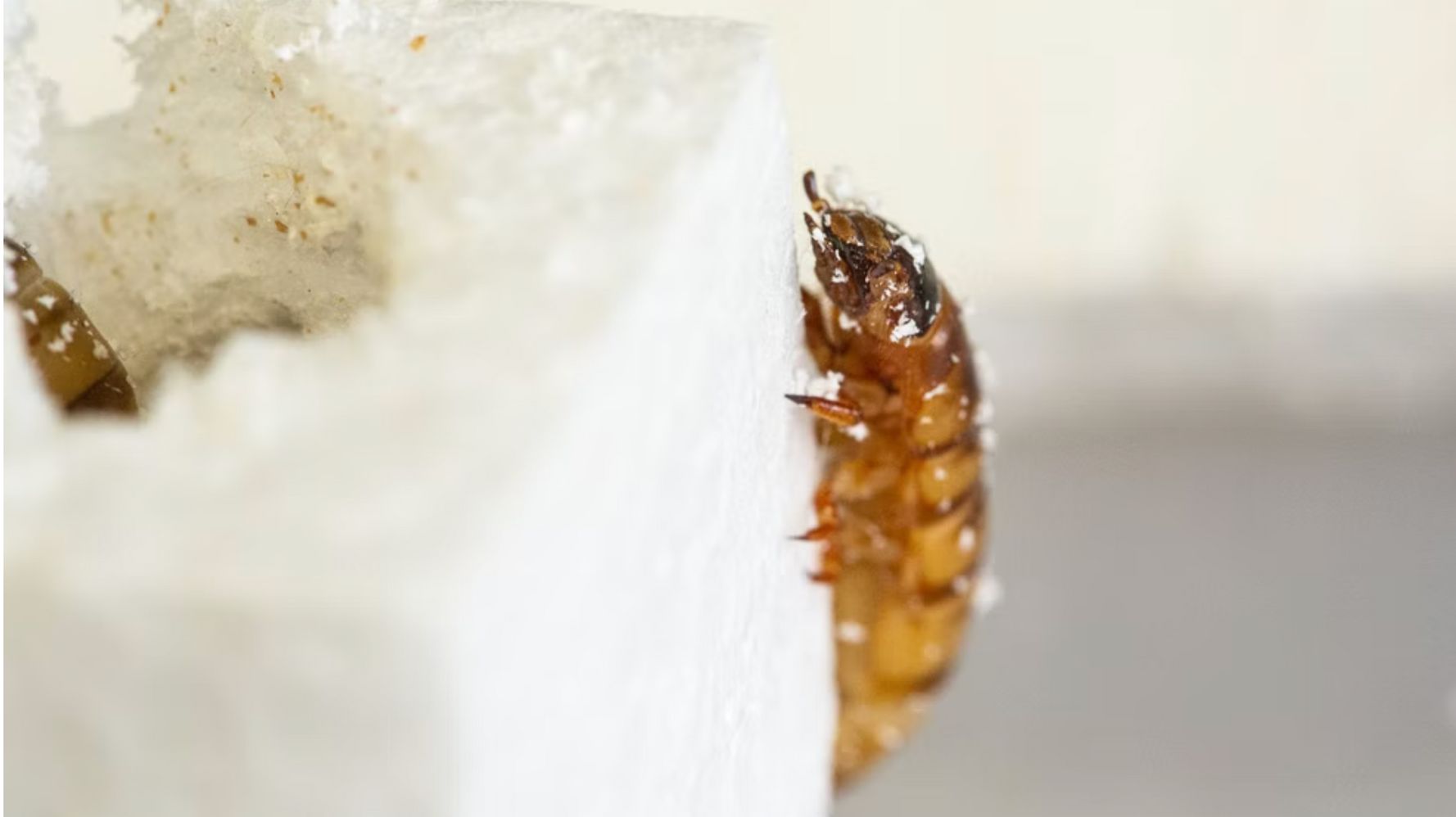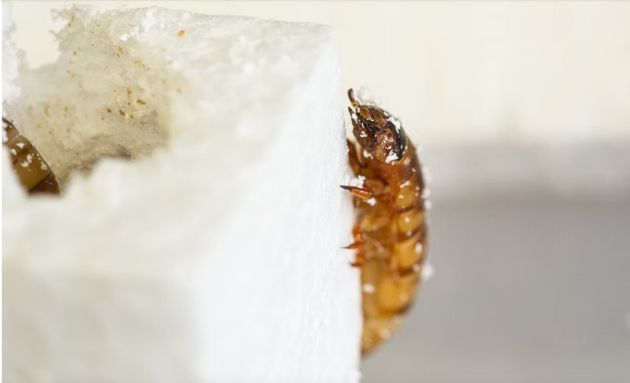
Have you noticed now that when you buy a bottled soft drink, the lid doesn’t fully detach?
It’s something social media users have noticed and they are truly not impressed, with one X (formerly Twitter) user saying, “whoever decided that bottle caps needs to be attached to the bottle now count ur days. worst thing ever.”
In their defence, at first, these caps were annoying. Being in the habit of taking them cleanly off and then finding that you simply… can’t anymore, is a little disorienting.
Advertisement
However, there is good reason behind it.
Why the caps on bottled drinks changed
So, according to the retail experts at The Grocer, it was Coca Cola that originally brought this change in.
The Grocer said that Coca Cola implemented this in an attempt to ramp up the recyclability of their products because, although their caps have always been recyclable, they were often discarded.
However, this is now becoming EU law.
Sustainable Plastics said: ”[According to EU law] plastic caps must remain attached after opening on all single use plastic beverage containers of up to three litres from July 2024 onwards.
“Metal and glass containers are exempt from this obligation. The measure is expected to prevent 10% of plastic litter found on European beaches.”
Advertisement
Additionally, the relevant part of this EU regulation for Caps & Closures production reads: “Plastic closures and lids used for beverage containers are among the single-use plastic items most frequently found as litter on the beaches of the European Union.
“Therefore, the placing on the market of single-use plastic beverage containers should only be allowed if they comply with certain product design requirements in order to significantly reduce inputs of plastic container closures and lids into the environment.”
If you weren’t aware, you can recycle almost every type of plastic bottle at home, including beverages. The only exception is plastic bottles containing chemicals, e.g. anti-freeze, according to Recycle Now.
Looks like we better get used to those caps!










